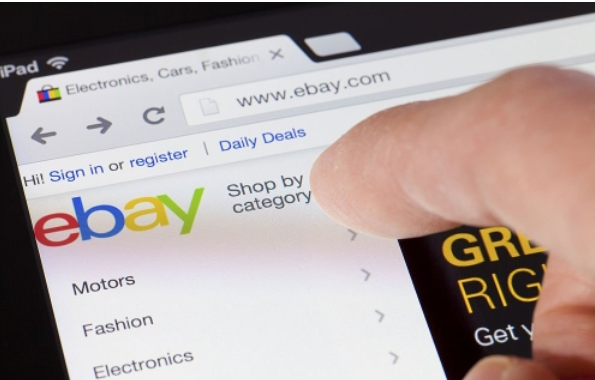Safeguarding Profit: An Overview of Risk Management While Trading

Losses can be reduced with the help of an effective risk management strategy. It can also keep trading accounts from losing their entire portfolio. Trader losses are a warning indicator of impending trouble. If traders can manage their risk, they might be able to benefit from the market too.
Trading in stock markets could be a thrilling experience with the potential for enormous profits. It does, however, come with inherent dangers or risks that can result in big losses. As a result, skilled traders recognize the critical role of implementing risk management in trading. Applying suitable risk management strategies is about more than just protecting capital; it is also about maintaining a long-term and profitable trading career. In this post, we will look at some of the tactical risk management strategies and how they can be used to make the best investments in the UAE.
Understanding Trading Risk:
Before getting into risk management, it is important to understand the idea of risk in trading. In trading, risk refers to the possibility of incurring financial losses as a result of unfavorable market movements or unplanned events. Market volatility, economic indicators, geopolitical considerations, and unexpected news announcements are just a few of the many risk elements in investing. Understanding and measuring these risks is necessary for developing successful risk management strategies.
What is Risk Management?
Risk management is an important but often overlooked element of successful active trading. Even if a trader has made significant earnings, they could lose it all in only one or two bad deals if they do not have a robust risk management system in place. So, how do you develop the best ways to mitigate market risks?
Risk Management Strategies
How to Start Trading?
A forex trading plan consists of a detailed strategy, including your trading goals, risk tolerance, preferred trading tactics, and trading guidelines. It serves as a road map, providing you with a well-organized framework to guide you to the best investment opportunities in the UAE.
Before you begin, make sure that your broker is the most appropriate one for frequent trading. Some brokers concentrate on consumers who trade only occasionally. They charge excessive commissions and do not provide adequate analysis tools for active traders. Orient Finance is the top forex broker in the UAE, and they provide a cutting-edge trading platform geared to the needs of Dubai traders, making trading simple and easy.
Stick to the 1% Rule.
The “1% rule” is a technique used by many day traders. This guideline states that you shouldn’t ever put up more than 1% of your capital or trading account in a single transaction. As a result, if you have 10,000 AED in your trading account, you should not invest more than 100 AED in any single asset.
Points of Stop-Loss and Profit
A stop-loss point is the price at which a trader will sell a stock and accept a loss on the trade. This generally occurs when a trader’s deal does not proceed as expected. The points are intended to put a stop to the assumption that “it will come back” and to keep losses under control. For example, when a stock falls below a crucial support level, traders should sell it as soon as possible.
On the other hand, a take-profit point is the quantity of money at which a trader will sell a stock and benefit from the contract. At this point, any potential upside would have been reduced by the inherent hazards. For example, traders can choose to sell a stock if it is approaching a critical resistance level following a significant upward rise before entering a period of consolidation.
Calculating Predicted Returns
In order to calculate the predicted return, both the stop-loss and take-profit points must be established. This estimate is extremely important because it forces traders to properly evaluate and protect their trades. It also gives them an organized technique to examine multiple offers and select only the most successful ones.
Orient Finance provides the best trading app in the UAE, which contains tracking tools and reporting capabilities to help you precisely evaluate your trading performance.
Hedging
In addition, you might find that you need to hedge your position. Consider purchasing shares only when the results are predictable. Think about adopting an opposing posture through alternatives to protect your point of view. When trade activity gets up again, you can unwind the hedge.
Control Your Emotions:
Emotions sometimes cloud our judgments and lead to impulsive decisions. Even during market instability, successful traders maintain emotional discipline and stick to their risk management plan.
Staying Updated and Informed:
Knowledge is the key in trading. Staying up-to-date on market news, economic data, and global events allows traders to make more educated decisions and identify potential hazards. Ignorance of knowledge can result in costly errors.
Conclusion
Risk management is essential for effective trading. While the promise of quick earnings is appealing, it is critical to remember that trading is not a game of luck. It necessitates a well-planned approach that involves a careful risk evaluation and mitigation method. Implementing the strategies outlined above into your risk management strategy can assist you in protecting your capital and achieving long-term success.
Analyzing your mistakes and assessing your activity is an essential part of the learning process. Determine any error tendencies, emotional biases, or technical defects. Knowing your areas of weakness can help you focus on improving them and your trade talents.
Read Also : Safeguarding Profit: An Overview of Risk Management While Trading




